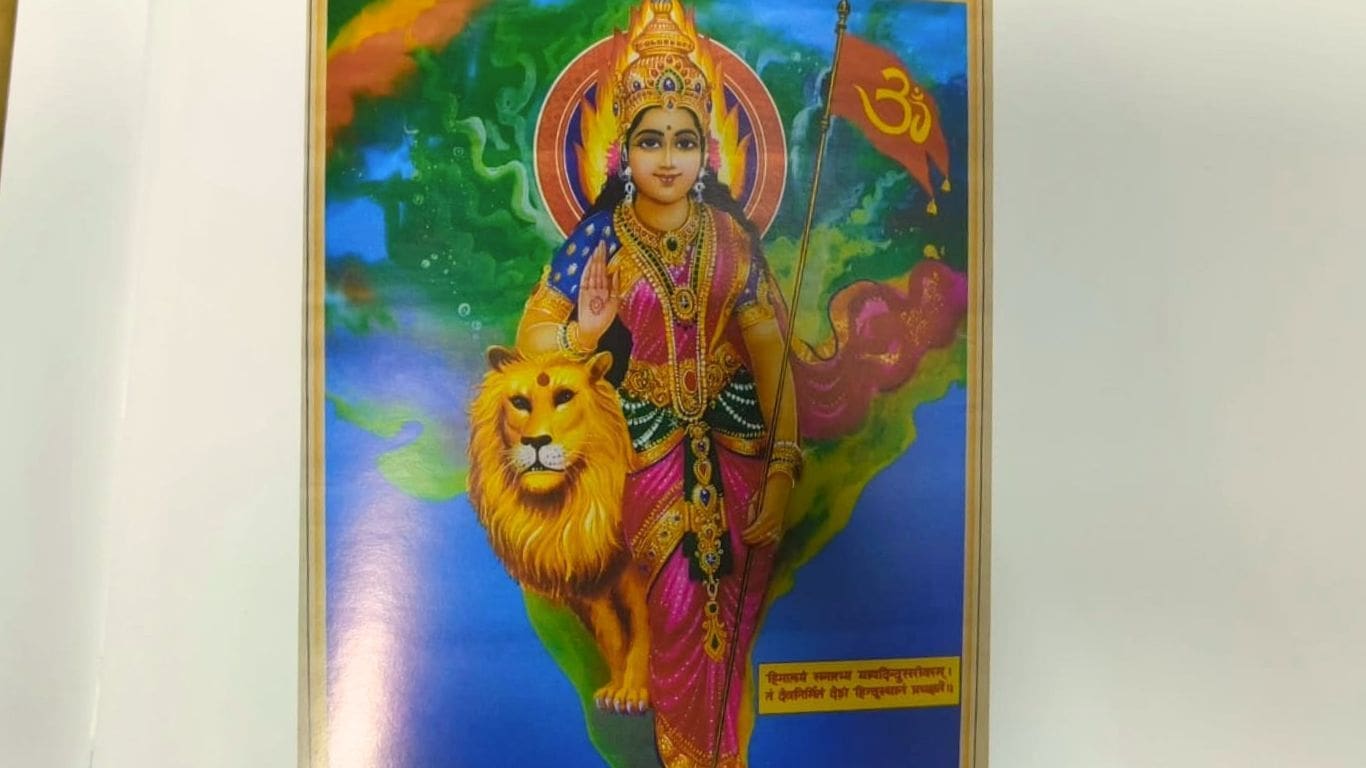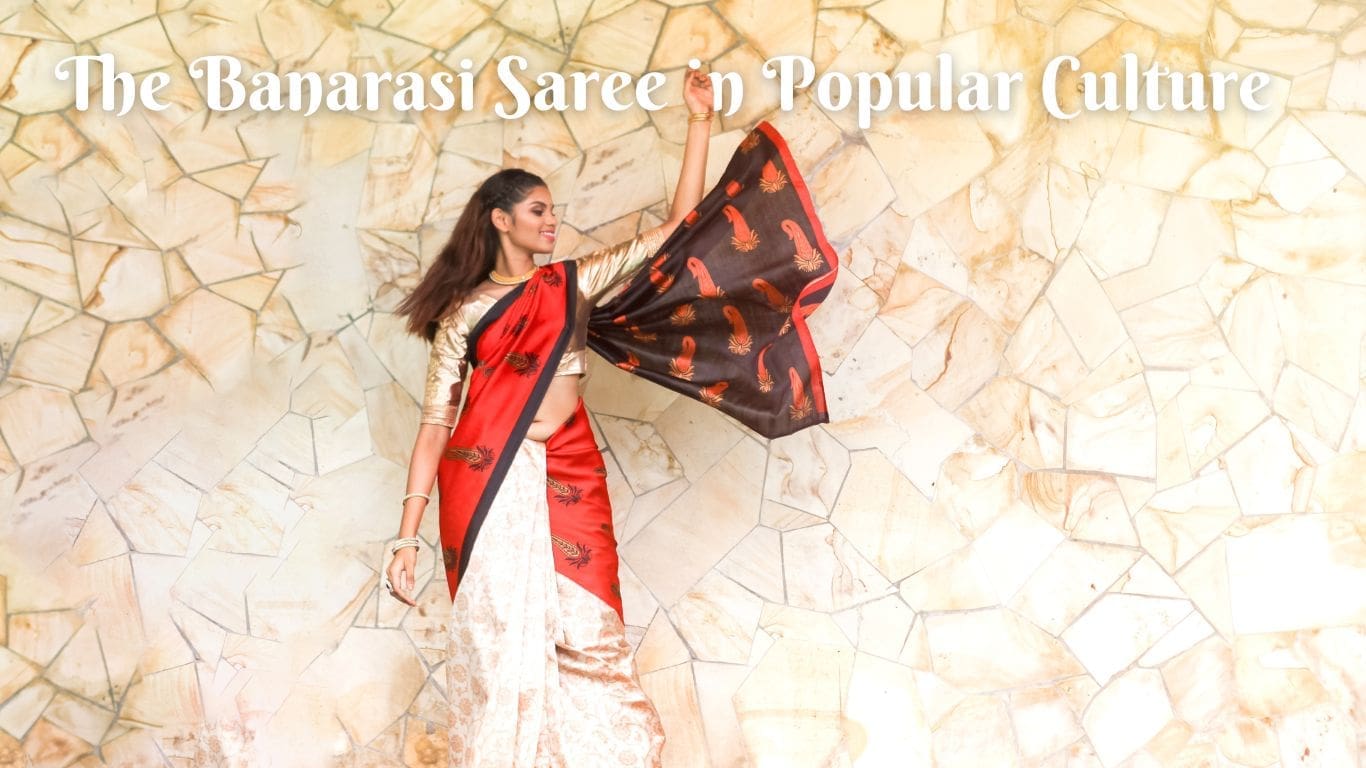The Banarasi sari, a brocaded piece of fabric from Varanasi, India, is an iconic cultural artifact that has left a deep impact on the subcontinent’s aesthetics. Its most iconic form, the red-and-gold creation, has become a symbol of bridal beauty and a coveted part of the wedding ensemble for women in north India. This sari has also influenced similar traditions in western India and the Deccan.
In Popular Culture
The red-and-gold Banarasi sari has been a popular subject in Indian cinema, often representing a woman’s connection to her native traditions. In the film “Tapasya,” the protagonist is depicted holding a red Banarasi wedding sari, symbolizing her self-sacrifice and love for her family. Similarly, in an English language film, the Indian-origin protagonist wears a pink Banarasi sari, signifying her rebellion against societal expectations while still honoring her roots.
International Representation
The Banarasi sari has also represented India in international exhibitions, such as the Great Exhibition at London in 1851 and the Textile and Ornamental Arts of India display at New York in 1955. These exhibitions have helped build a romance around the fabric, inspiring revival and replication as contemporary adaptations.

Bharatmata and Banarasi Sari
The Banarasi sari has also been associated with the symbolism of Bharatmata or Mother India, representing the nation as a goddess dressed in a militant red with yellow or gold motifs. This representation has been used in political propaganda, calendar art, and studio photography, as well as in contemporary art installations by Pushpamala N.

Barbie Doll and Banarasi Sari
The Banarasi sari’s influence extends to international toy companies, as seen in the attire of a Barbie doll dressed in a red and gold sari, symbolizing the default wedding attire for Indian brides. This association reflects the influence of popular culture, market trends, and the emergence of a pan-Indian culture that comfortably merges material, visual, and ritual elements from all corners of the subcontinent.


